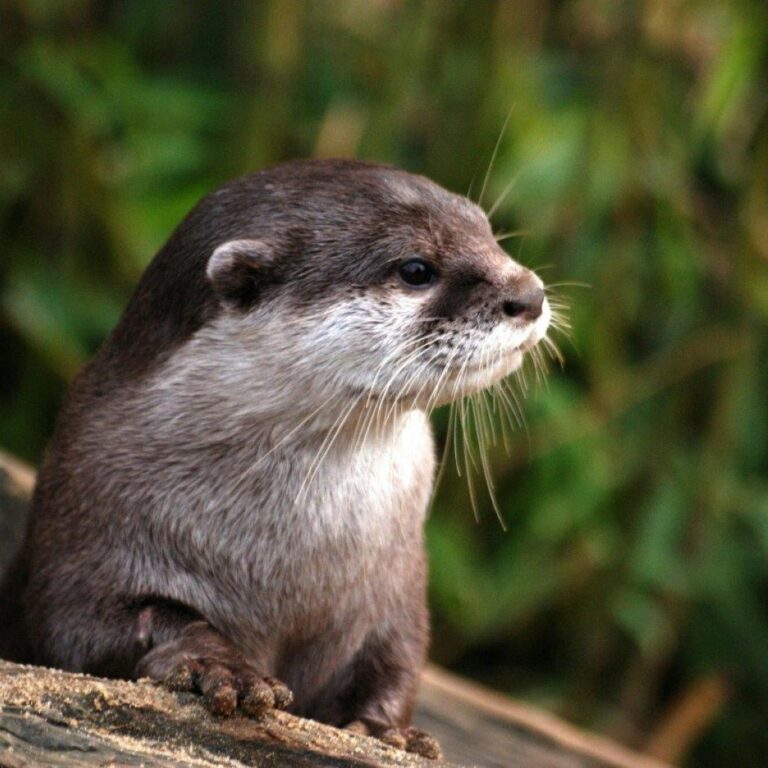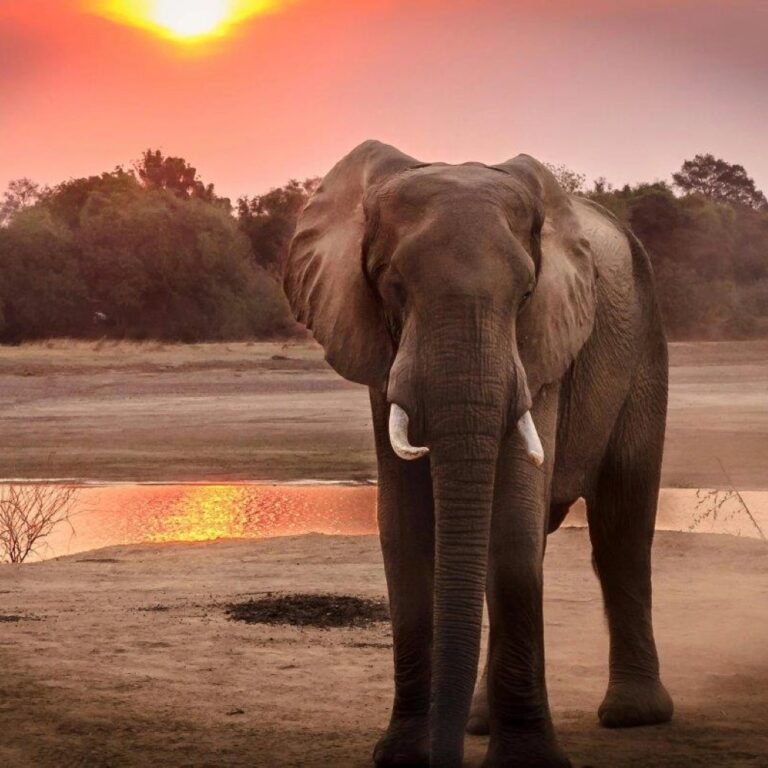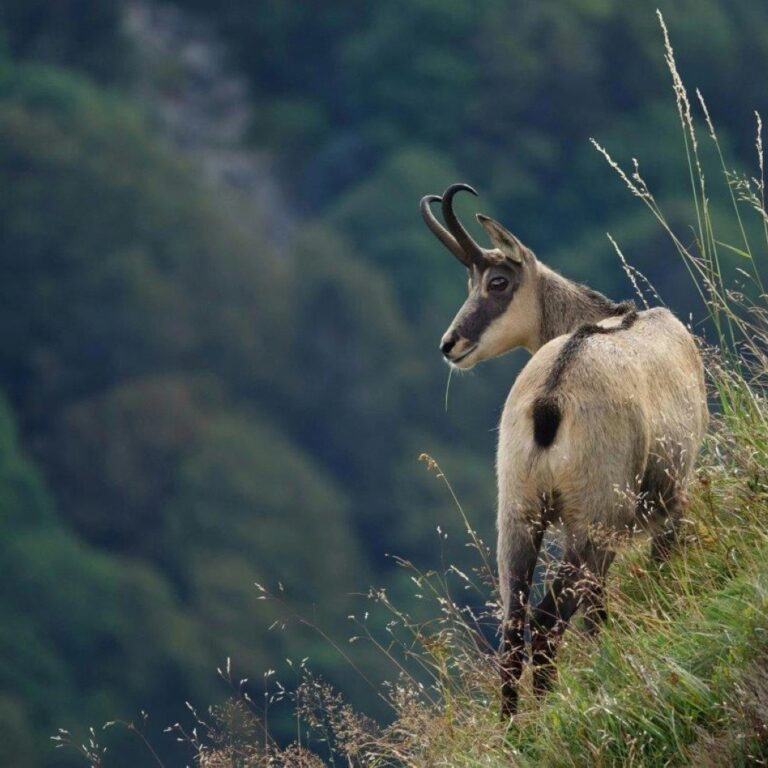There are 13 species of otters, found on every continent except Australia and Antarctica. They inhabit a variety of aquatic environments, including rivers, lakes, oceans, and wetlands.
The sea otter is one of the few mammals that use tools. They are known to use rocks to crack open the shells of clams, mussels, and other hard-shelled prey while floating on their backs.
Otters have thick, water-repellent fur that keeps them warm in cold water. Sea otters have the densest fur of any animal, with up to 1 million hairs per square inch.
River otters are excellent swimmers and can hold their breath for up to 8 minutes while diving for food. They use their webbed feet and long, powerful tails to propel themselves through the water.
Otters are highly social animals and often live in family groups, known as rafts. Sea otters are particularly known for forming large rafts, sometimes with dozens of individuals, holding hands to stay together while resting on the water's surface.
The diet of otters varies by species but typically includes fish, crustaceans, mollusks, and small mammals. Some otters, like the giant otter, are top predators in their ecosystems.
Sea otters play a crucial role in maintaining the health of kelp forests by preying on sea urchins, which can overgraze and destroy kelp if left unchecked.
Otters have a playful nature and are often seen sliding down mud or snow banks, wrestling with each other, and engaging in other playful activities. This behavior helps them build social bonds and develop hunting skills.
The giant otter, native to South America, is the largest species of otter, reaching lengths of up to 6 feet. It is also known for its loud, distinctive vocalizations, which are used to communicate with other members of its group.
Otters have a high metabolic rate, which means they need to eat a lot of food relative to their body size to maintain their energy levels, especially in cold water environments.
Otters have been observed exhibiting a behavior known as 'food washing,' where they rinse their food in water before eating it. This is especially common in captive otters and may be a form of play or a natural instinct.
Sea otters are known to keep a favorite rock tucked in a pouch under their forearm. This rock is used to crack open shellfish, and some otters may use the same rock for their entire lives.
Otters have a strong sense of smell and use scent marking to communicate with other otters. They have scent glands near the base of their tails, which they use to mark their territory and convey information about their identity and reproductive status.
The Eurasian otter is one of the most widely distributed otter species, found across Europe, Asia, and parts of North Africa. Despite its wide range, it is vulnerable to habitat loss and pollution.
Conservation efforts are critical for many otter species, as they face threats from habitat destruction, water pollution, and hunting. Protecting waterways, restoring habitats, and enforcing anti-poaching laws are essential for their survival.


